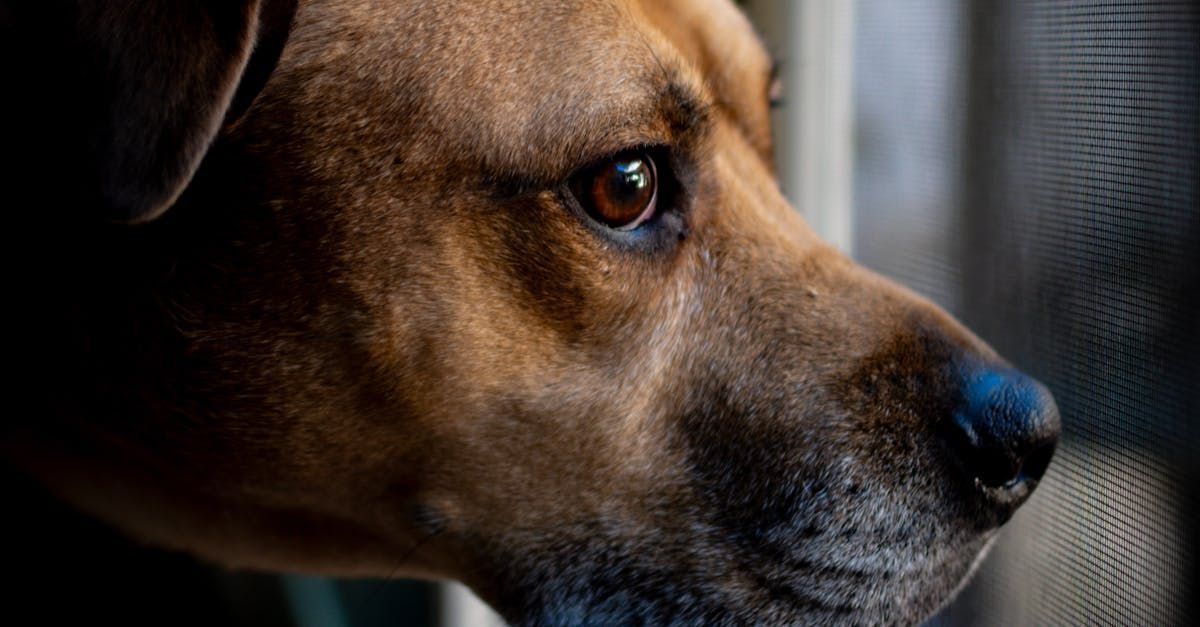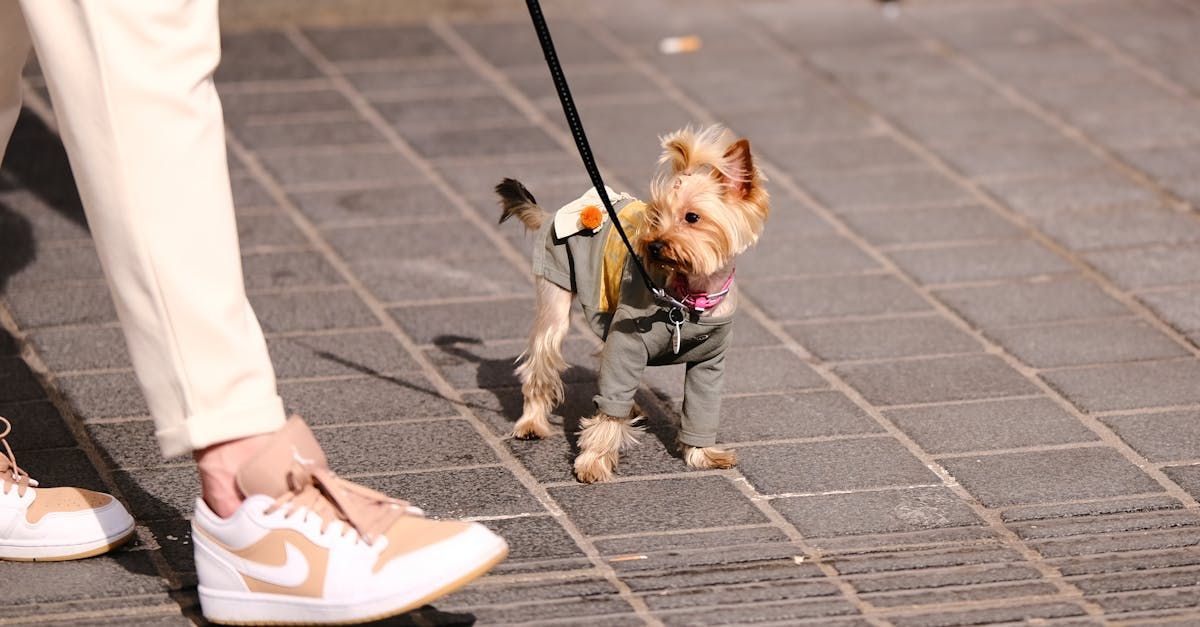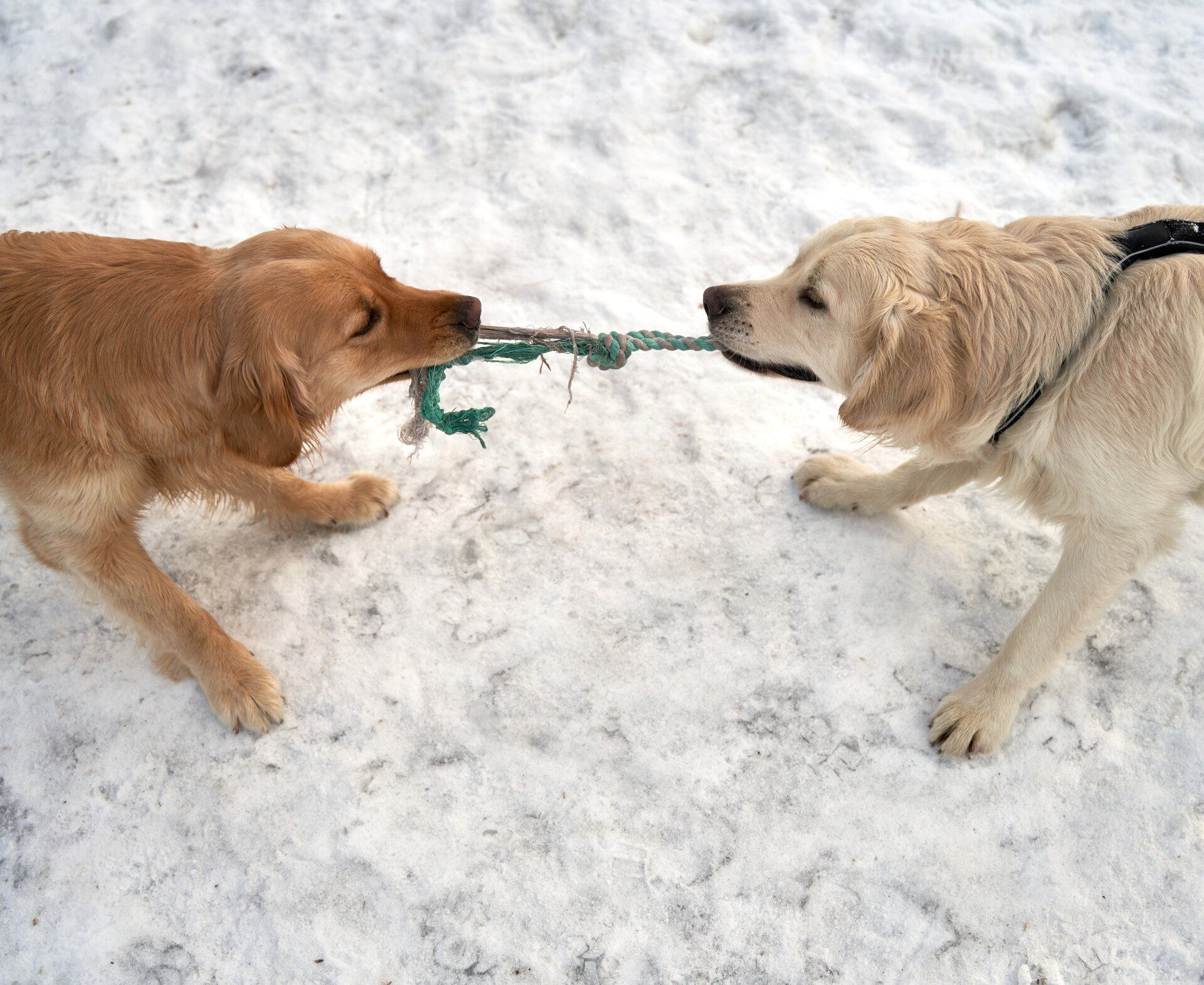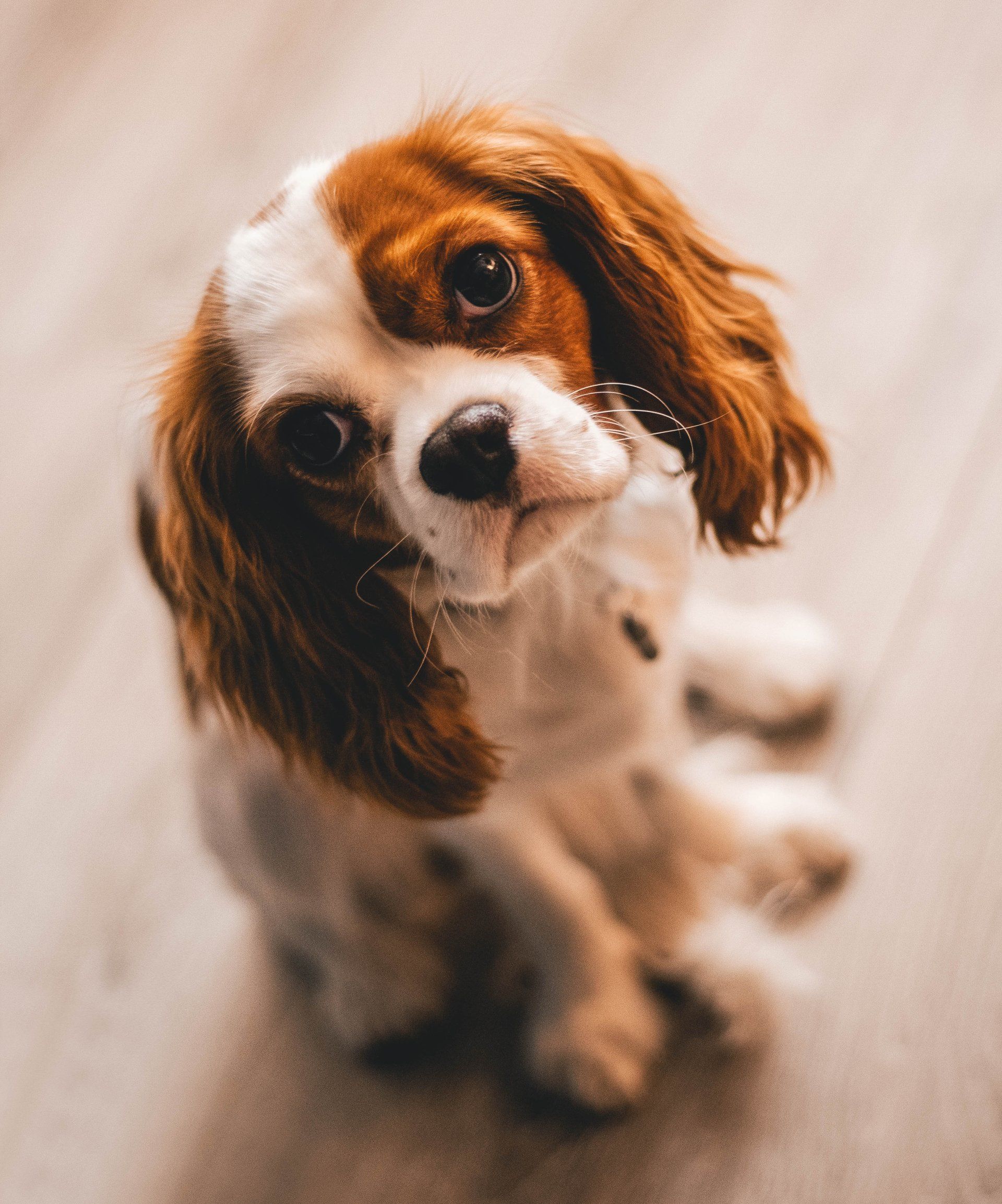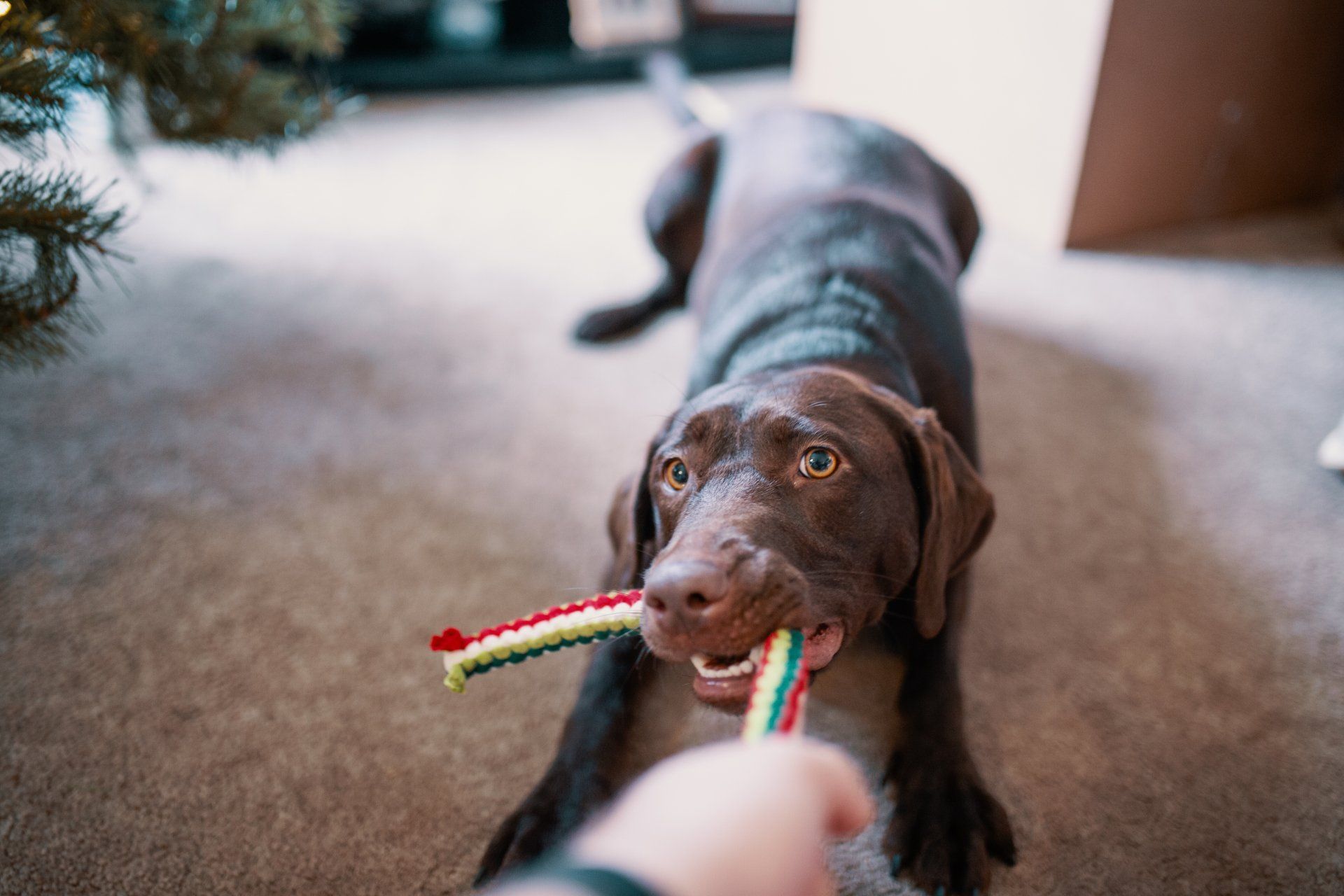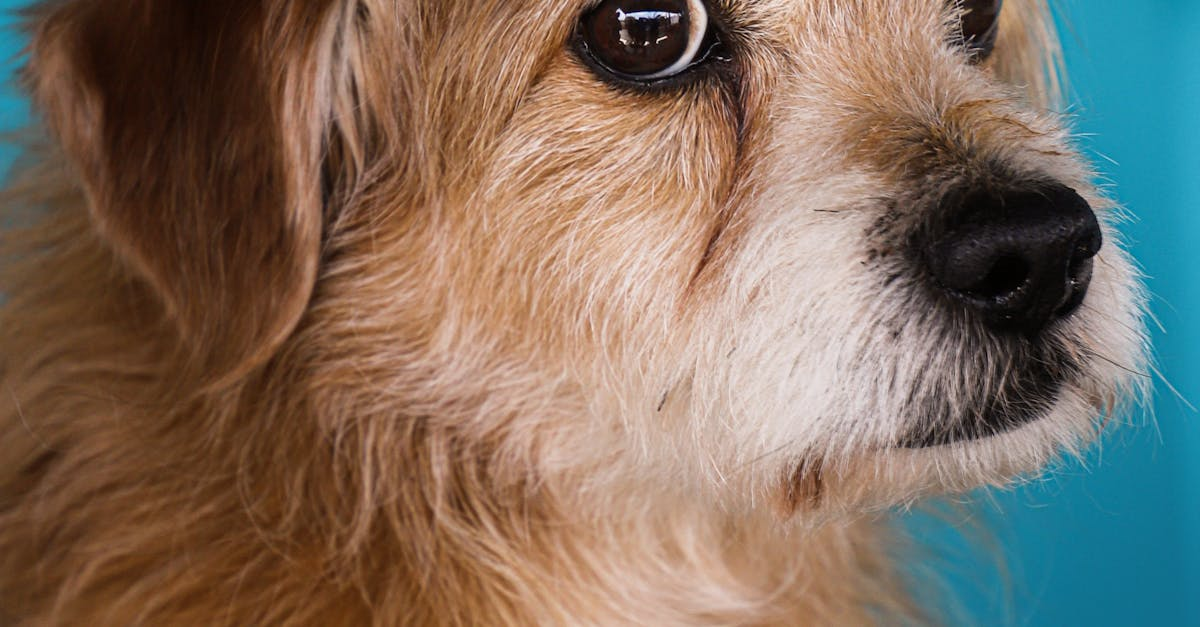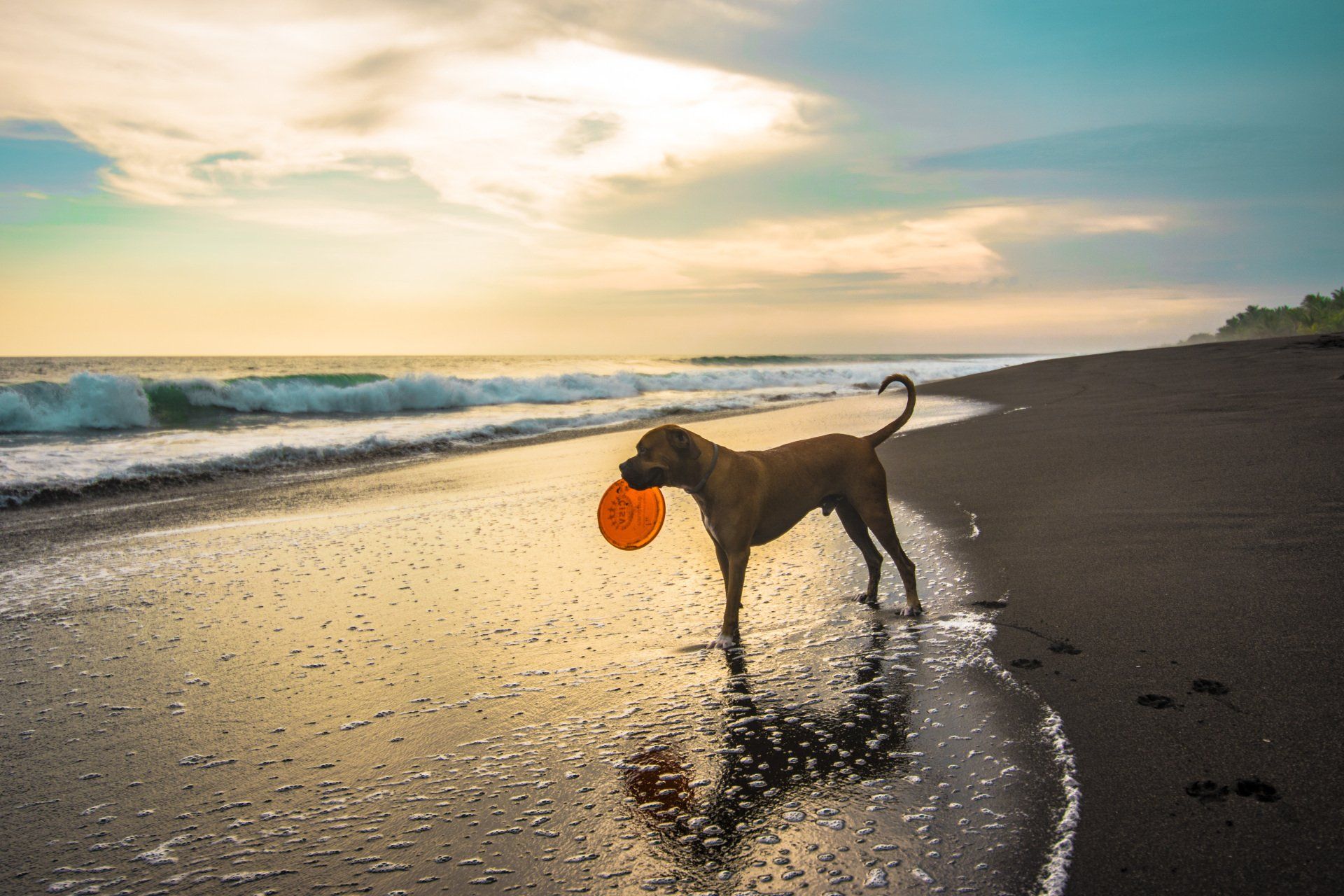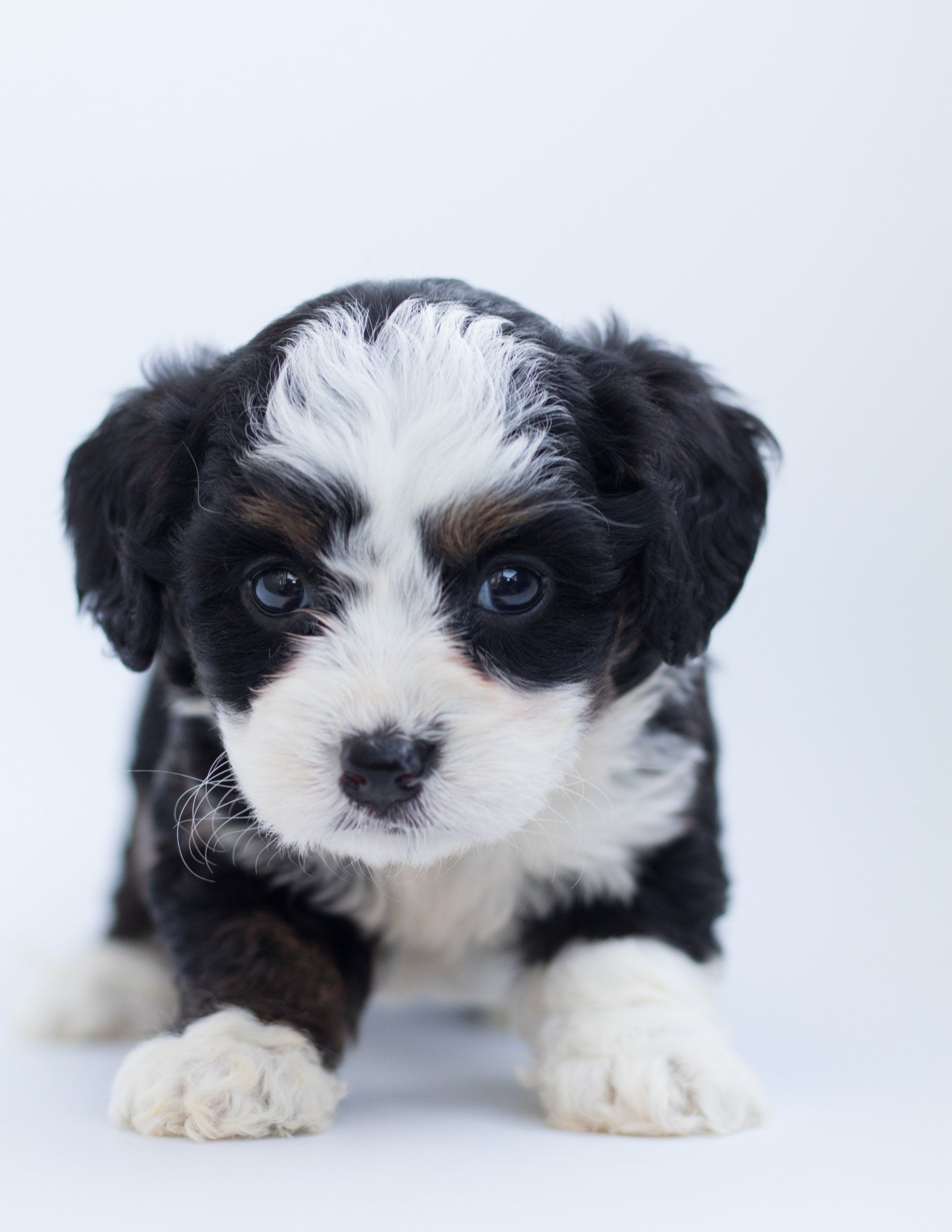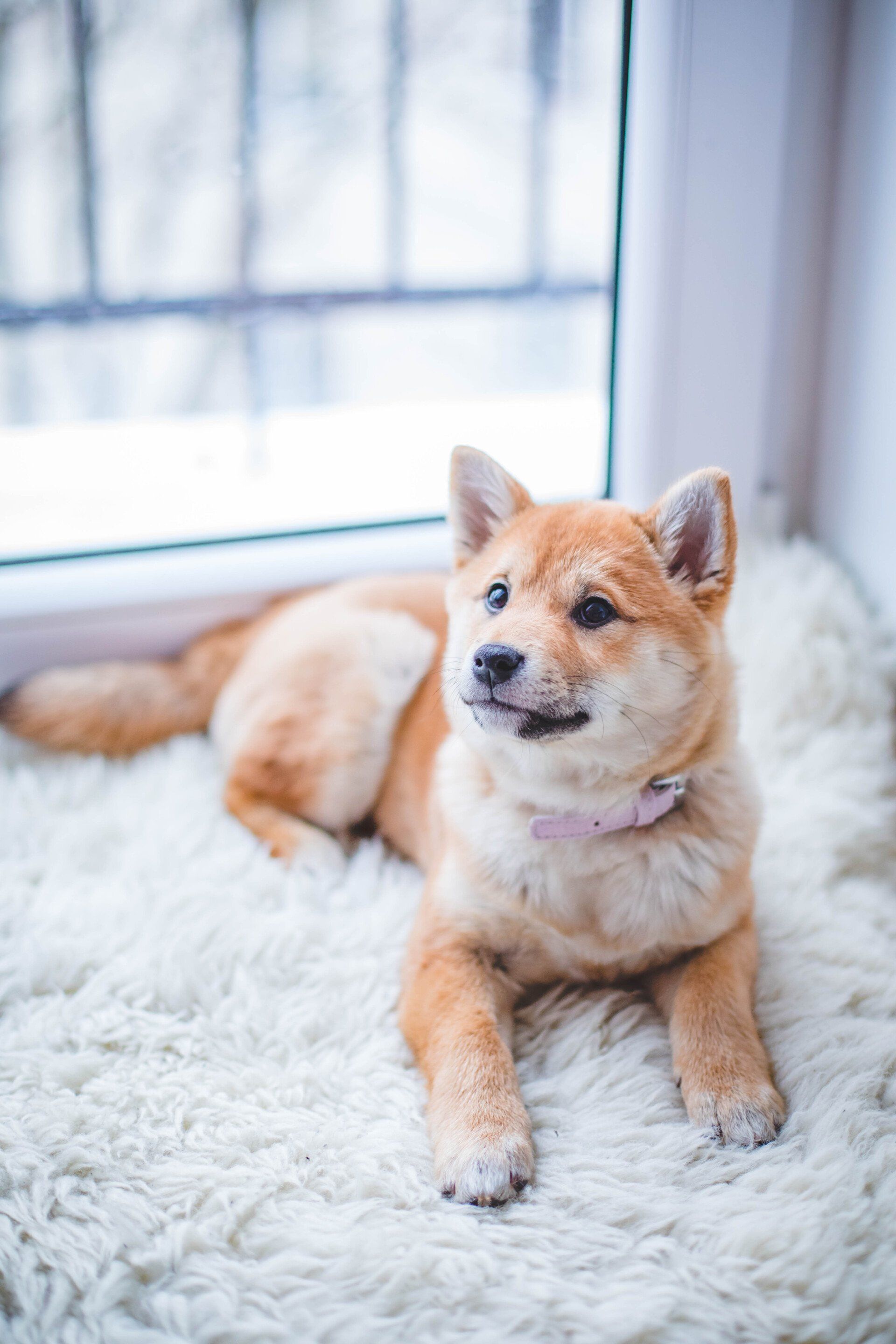It's a Big, New World
Bringing Home a New Dog or Puppy
What mindset should I have?
The mindset when you first bring a puppy home should be nearly the same as when you brought your first child home from the hospital. You’ve prepared your house. You have all the things that you need (necessary equipment covered in previous installment).
You have the food that best meets the nutritional requirements of your dog. Just as your first child is going to need a place to sleep, you have chosen the best crate. And along with that, you are going to have the toys, the leash, the collar, puppy insurance. Appointments have been made with vets so you can bring the puppy in and finish all of its shots and have it checked out.

Bringing home a new puppy needs to have the same level of importance as when you bring home a new baby. This is an investment in emotion, time, and money. You will need to think about how you are going to set the house up, being thoughtful with how you are going to deal with situations as they arise. Understanding how you will react in certain circumstances that may occur in the future will prevent a lot of bad things from happening.
No one brings home a new baby and just leaves it on the floor, expecting the baby to feed, teach, or change herself. New parents coddle the baby. They shape it by teaching it things. Just as in raising a baby, a dog owner deals with the life necessities the animal needs: food, shelter, water, and affection.
From there, you start the learning process. Everything the puppy does teaches it something. Similar to how a young child constantly absorbs things from his or her environment, a puppy is always learning. When you take the puppy out of its crate, it is going to start observing the environment around it. It’s going to hear noises. It’s going to see new things like furniture and people interacting.
It might see things moving around. Other dogs may be in the house or yard. It might see cats or livestock. When you bring the puppy to its new home, how it reacts to all the new stimuli will be the basis around which you build its training. Keep in mind that if you put it on the ground, it may react by chasing the new things it sees or it may be scared and stay beneath your feet.
You do not want the puppy to have a bad experience. So, you control the environment. If you need to pick it up and carry it around or keep it on a leash for a while, then that’s what you do. You do this until the puppy is neutral to all the distractions that pull the dog’s attention away from you.

I like to use moments when I bring the puppy out to feed it to introduce it to things. If I want to get the puppy used to chickens, I will take the puppy outside the coop and start feeding it by hand. You do the same thing with other distractions—a cat, the neighbor’s dog on the other side of the fence, goats, cars, and any other disruption to its attention. When you continue to feed it by hand, you will eventually be able to go inside the pen with the goats. The dog will start ignoring those things.
If you teach it from an early age, it makes everything layer a lot easier. By doing this, you are socializing the dog to different stimuli in the environment. Socialization isn’t about taking your dog out and letting it learn to be friends with the chickens, cats, or other dogs. Socialization is about letting your dog understand there’s other things in the environment that don’t mean anything.
What should I expect?
You should expect your puppy to make mistakes. Your puppy is going to pee on the floor. Your puppy is going to pee in its crate. It is going to chew on things it shouldn’t or that could inadvertently harm it. It is going to get into things that it shouldn’t get into.
Similar to what we discussed in the previous section, a new puppy is like a new baby. Children are always picking things up off the ground and putting them in their mouths. They reach for things that can hurt them until they know better. A puppy is not going to be any different. Just as parents need to protect and teach their children, so should dog owners go into the training of their puppy with realistic expectations, having the dog’s safety foremost.
When training a puppy or older dog, a person must temper expectations to reality. No child starts preschool with the ability to do calculus. No puppy wins Mondio Ring competitions right after being weaned. The process is going to take time, discipline, and patience.
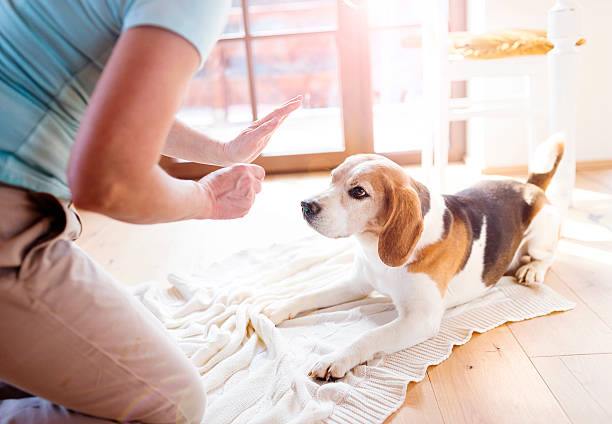
Controlling the puppy’s environment should be an expectation. This prevents bad habits from being learned. Management of a dog’s surroundings and stimuli is not often discussed, but I feel it should be talked about more.
A lot of bad behaviors are developed because of poor management. For example, some owners may not want to leave their dog in a crate. They may have to be gone to work or other tasks for an extended duration and decide to let the dog loose in the house.
If you leave the dog loose outside the crate, you will come home to a house that is torn up. Should the dog be left in a crate or a kennel, that will not happen. Then the dog would not learn that tearing things up is fun. Once the dog learns that something is fun, it will want to repeat that behavior because it feels good.
Expecting the dog to make mistakes means that you can put things in place to prevent them from happening. When the mistakes do happen—and they will—find a way to redirect the behavior. Some dogs may chew on the couch, and to redirect the behavior, the owner can give the dog something it can chew on instead, reinforcing the concept that the toy is fun and the couch is not.
Expect a puppy to be a puppy as you would expect a child to be a child. Expect a new dog that doesn’t understand the rules of your house to make mistakes even if you’re not bringing home a puppy. Even an older dog that may be purchased or rescued will make mistakes.
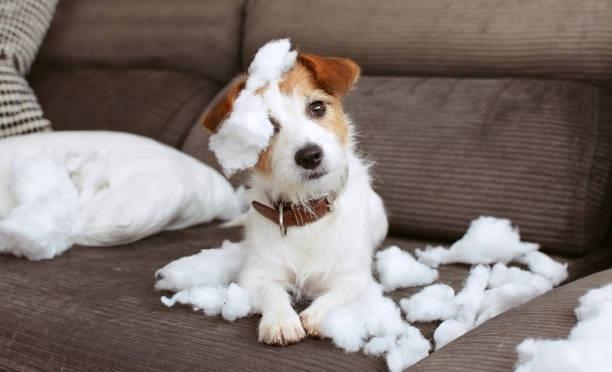
The dog is experiencing a new environment. When you bring it into your home, you have to understand it’s like putting a person in a foreign country without an understanding of the cultural nuances and laws.
There will be a learning curve. That is unavoidable. So, you have to expect the dog to make mistakes. If you set up a controlled environment, minimizing the opportunities to make mistakes, then the training will be more successful and the environment a lot more conducive to learning.

Dog breeds will also have an important role in training. Certain breeds are going to want to do certain activities more than others. For example, you have to expect some dog aggression in the American Pit Bull Terrier. If you expect it, then that means you know how to manage it.
If you have a Labrador or a Golden Retriever, expect those dogs to want to play ball and go fetch. They may even like to go swimming. A German Shepherd will be somewhat territorial of its home and people. It may even want to go out and herd some livestock because some lines of German Shepherds are still herding animals.
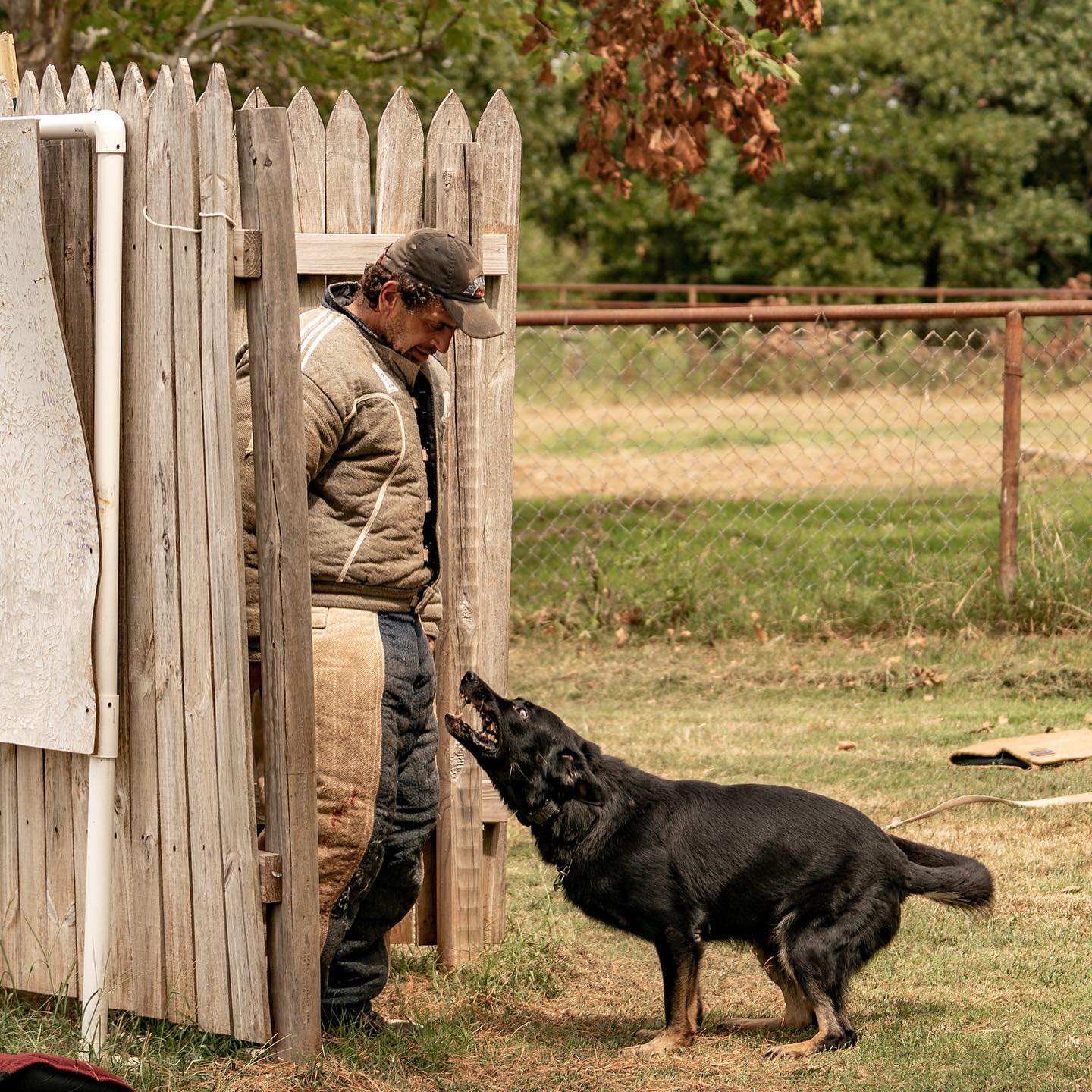
Expect your Border Collies to show herding behaviors. If you don’t give them an outlet for that behavior, they’ll end up trying to herd your family or kids because it is their natural instinct. They have been bred for generations upon generations for those tasks. That is hardwired and doesn’t go away.
You have to go into training with the expectation that dogs will do things for which their breeds were developed. That is one of the biggest expectations that people should have when they start training their dog.
Is this going to be as easy as it looks on TV?
Simply put, training your dog will never be as easy as it looks on television programs. The Saturday or Sunday morning television shows where someone gets a dog from the shelter and then trains it before it is given to the adopting family doesn’t happen. Those new owners taking the dog home and living happily ever after doesn’t happen. It is never that simple.
You have to put the time in. Dogs do what dogs are trained to do. If you don’t train them or you don’t manage them, they are going to learn bad habits. Training a dog properly means it will not be a 30-minute once and done process.

Even when people bring their dogs to us here at Southern Warrior K9, we can’t just train the dog and send it home knowing everything. If the person does not understand how to maintain the training, then the training goes away.
I equate it to the process of getting healthy by removing all the junk food in your house only to go on vacation and indulge in previous behaviors. If you do this, you’re going to go back to the way you were. It has to be a maintained part of your life. You have to learn how to co-exist with the dog in a way that is stress-free and conflict-free for both the dog and the person. That is typically established through training and clear communication.
Obedience training is just communication. You are learning how to communicate with a different species through a leash and training. That is what training is at its core.
Expectations vs. Reality. How will my dog react to a new home?
This will ultimately depend on the dog. There will always be a learning curve both the dog and the person caring for it experience when you put it in an environment in which it has never been. Imagine taking a child from a small town where the family has never left in three generations and put him or her in New York City.
They are going to be overstimulated. They will either be excited and ready for a new adventure or nervous and anxious at the differences. It can go either way for the dog introduced to a new home as well. It can be either excited or scared.
After a while, the dog will settle into its new home and learn that the situation is not that scary. Same with the dog that gets excited. If you play with your puppy in the house, it is going to think the house is always the playground. We don’t suggest playing with your dog in the house. Take it outside for fun.
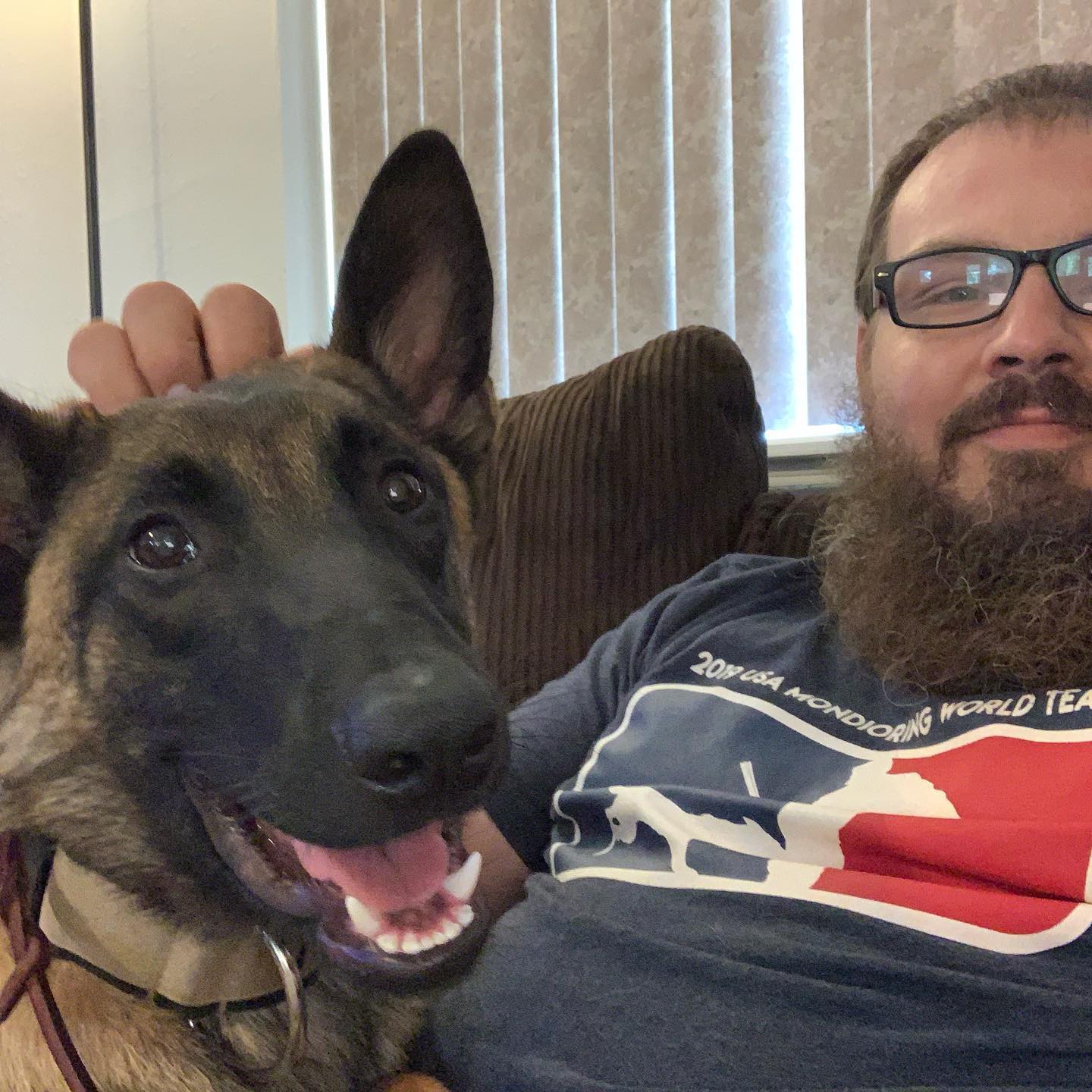
Expectations vs. Reality. Puppy vs. young dog vs. older dog.
Puppies don’t have any bad habits other than what puppies do. What puppies do will vary based on breed and their parents’ behaviors. Older dogs may have learned bad habits that have to be unlearned.
There is a benefit of getting an older dog over a younger dog. Anytime you buy a puppy or do a breeding for puppies, you roll the dice. The desired combination does not always come through. It’s a gamble. A young dog that is around ten months will give you a better idea of what type of personality it possesses because the dog has mostly matured.
With a dog that has grown out of the puppy stage, you will be able to determine if the dog likes to play or if it prefers to relax and chill out. If the dog likes to play, you will need to learn what kind of play it enjoys—does it like to play fetch, like to tug. Some dogs just like to eat, and you’ll be able to see that.

Where the temperament and personality of a puppy is not always known, a more matured dog will give you a better idea as to what type of dog you’re going to get. By then, the dog has already gone through the bulk of its hormonal changes and growth spurts. If the dog is nervous in a new environment at nine, ten, or eleven months old, it will exhibit those behaviors for the rest of its life.
That is something you may not see in a puppy. Ideally, you want to get a dog that is going to be confident and happy in all environments.
Does my dog need to know the whole house/yard before getting started on training?
When you first bring a dog home, it needs to know where it is going to sleep and where to go potty. When I start with a puppy, it stays in a crate inside the house unless we are training. I carry it through the house to take it outside for training, and I set it down on the grass.
From there, I tell it to go potty. When the puppy goes potty, I celebrate and get excited. You can play with it at this point or give it some food to let it know that is a good, approved behavior. Again, this is similar to potty-training a child. When he or she is successful, you celebrate and cheer as reinforcement.
The whole point of carrying the puppy from the crate through the house and setting it down on the grass is you’re not giving the puppy the ability or the opportunity to stop and mess in the house. This is controlling the environment to minimize the mistakes that a puppy or new dog will make. If you don’t ever provide the dog with the opportunity to mess in the house, then it never learns that is acceptable.
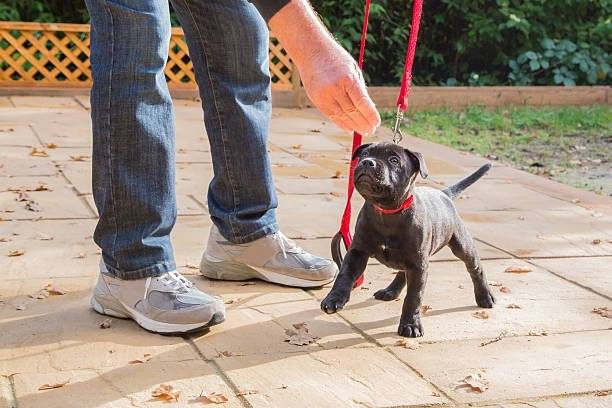
As you train your new dog, you start with the crate and slowly expand its surroundings. My preference is to put the crate in the living room when the puppy first comes home. The reason for this is because this is where we primarily congregate. There is noise in there. The TV is on. People are coming and going. So, the dog is in a safe place and becomes accustomed to the people, the noises, and the smells.
Once the puppy is good in the living room, I might move it to my dining room because now it is going to be closer to the kitchen. In our home, people congregate in the kitchen, the dining room, and the living room. I never take the puppy to the kitchen because I don’t want the dog to learn to hang out in the kitchen.
When I first take the dog outside, it is on the leash. It will have access to more of the backyard as we progress to taking it outside off the leash, not just the six feet or so as I’m walking it around in the controlled environment.
After the dog goes potty, we immediately go into a training session, and that training needs to be fun because the puppy is going to make mistakes. I use food to make it fun for the dog and as a reinforcement. I’ll use a clicker to shape the training—going away from me, coming to me, down, heel position. And we do them in little steps.
Should I be quiet for a new dog or just carry on normally?
When we have dogs in our kennel, we like to play a radio. We don’t leave them in silence. If you leave a dog in silence, it will start making its own noise. Also, if you leave a dog in silence, anytime there is a noise, it can become easily startled. That can make them reactive to noise.
We play the radio in the kennel area all the time. With puppies, we like to expose them to Halloween soundtracks because they have sudden noises, sirens, screams, bangs, and explosions. The dogs get used to the noises and realize there is nothing in them to scare them.

The dog needs to understand that life with the noises of the house is normal and not scary. It needs to be okay with it. When you get a puppy, it needs to be exposed to the normal bustle and racket of the home until it no longer has an issue with it.
I have a special needs child. Do I need to do anything differently when training my dog?
You need to protect your dog from your child. And you need to protect your child from your dog. Sometimes children—not only special needs children—do not understand that what they are doing to an animal is inappropriate. Owners can sometimes be lazy, and things can happen where a child mishandles the dog.
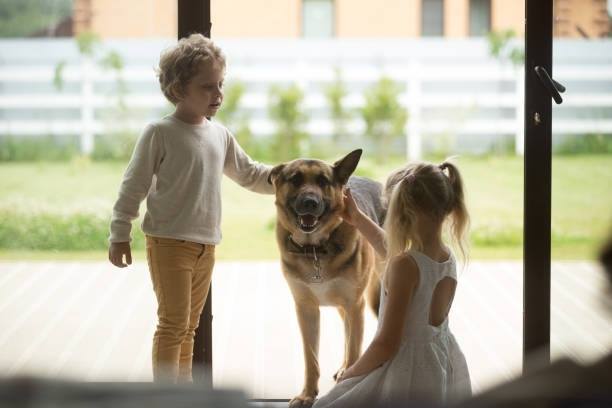
The dog is going to use the only tools it has to deal with that situation, and that is its mouth and teeth. For example, a small child tries to pick up a dog to hug it. The dog is going to try to get away, but if the child overpowers the dog, the dog is going to be scared. It’s going to use its mouth to get free of the stressful situation.
At this point, you not only have an injured child, but you’ve just taught your dog that it has the ability to put its mouth on human flesh. Now you have two issues to deal with: first, you have a dog that has learned a behavior that has to be unlearned; second, you have a child that is injured and needs medical attention.
Exposure, exposure, exposure.
I like to take my dog out in public spaces as long as I’m able to keep people away from it. If you can’t control your environment, you must control the dog. And if you can’t control your dog, you must control the environment.
As we have discussed in this segment, when you begin training a dog, the best thing is to control its environment. This allows you to train it without it becoming anxious or skittish, preventing injuries to either the dog or someone else.
I’m not going to give my dog the opportunity to guard its food from a stranger. Control the environment. Don’t feed the dog in the presence of strangers. I’m not going to allow my dog the opportunity to put its mouth on someone. People are unpredictable.
When I want my dog to be exposed to people with a positive influence, I get my friends around that are dog people or trusted not to do something scary. I give them some food, and they feed the dog or puppy. The dog then gets used to having people around and understands it is not a scary situation.
In the early months of owning your puppy, you do not take your puppy out to places until it has had all its shots. You don’t want to compromise your puppy’s immune system. Once your puppy or young dog has a healthy immune system, you need to take them places. Time for a car ride.
The safest place to put a dog in the car is in a crate. The situation is secured, and the dog can’t roam around the car distracting the driver. If you are in an accident, a loose dog is going to get hurt more easily than one in a crate. You want to have your dog nice and contained.
Go to the vet, take it out and practice obedience. Let it sit there, and you give it food. Then get back in the car and drive home. I use touchpads. Take your puppy to the grocery or a big box store and park as far away from everyone as possible. Get the puppy out, put it on the touchpad, and feed it. When if finishes, put everything back in the car and take your puppy home.
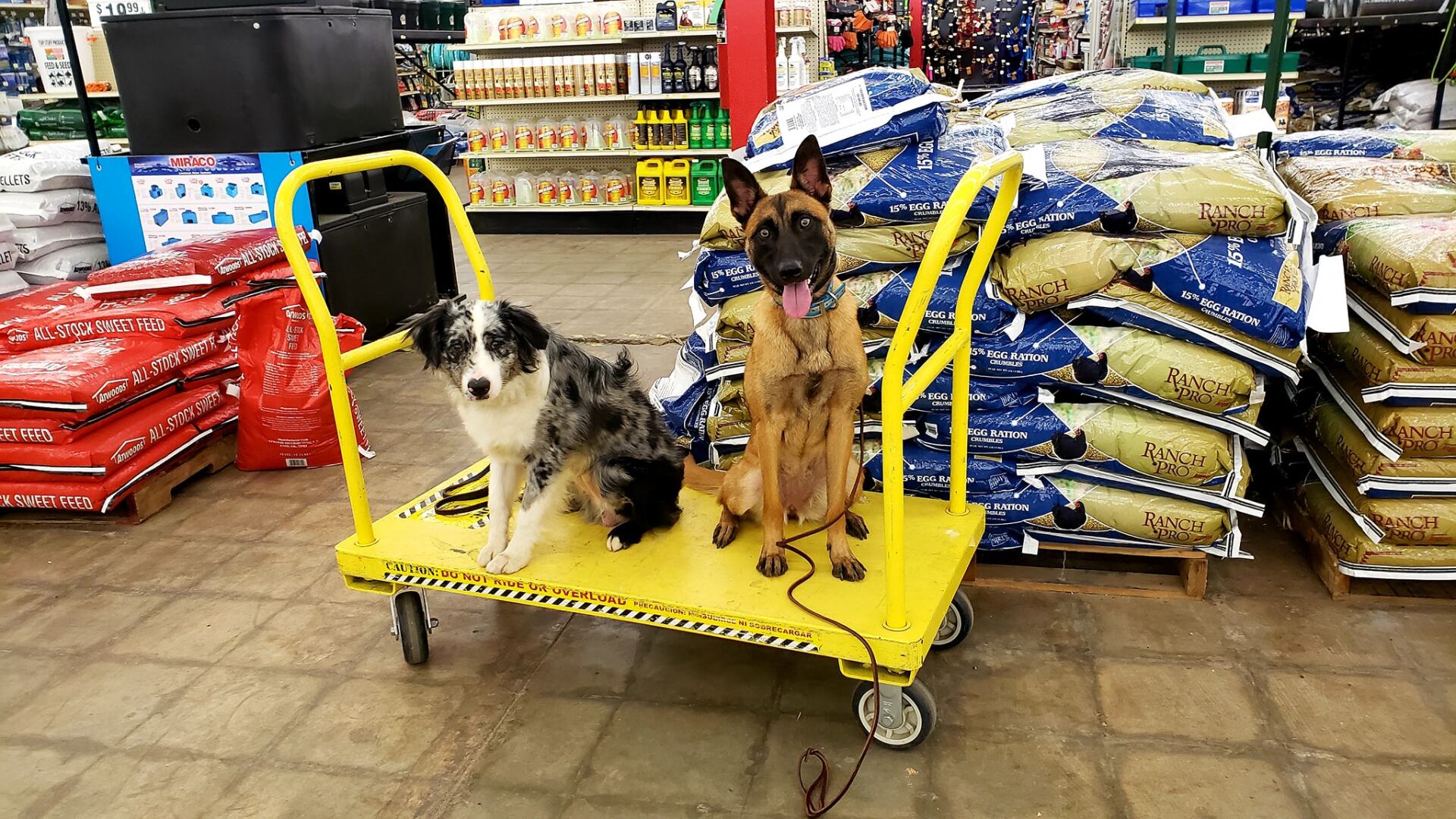
Then your puppy will have positive experiences going for car rides. Your puppy will have a positive experience going to the vet. A lot of people make the mistake of the only time they take the dog to the vet is when they get it spayed or neutered, or to get shots.
If the trips to the vet are not positive, the dog is going to get nervous and drool or vomit or whine because they’re nervous. Controlling the environment allows you to create a positive experience concerning trips to the vet.
Look at it from the point of view of the puppy. When your very first car ride involves being separated from your mother and your littermates, the experience of riding in a vehicle is already going to be stressful. The next car ride takes you to the vet where you are being stuck with needles, and someone puts a microchip in you. Six months later, the car ride to the vet ends with castration. By the time a puppy is a year old, it is not going to like riding in cars.
Exposure doesn’t mean letting just anyone or any other animal interact with your dog. It means letting your dog know that the world exists, and we are part of it. As long as the dog hangs out with you and its environment is controlled, you will minimize the risk of anything bad ever happening.
That is how you end up with a happy, confident dog.

Remember, it’s a big, new world for the puppy you bring home. Controlling the environment is paramount to proper training. If you get your dog when it is a puppy, you can’t forget that some of the things you think are cute with a three-month old dog are not going to be so fun when it has grown into 100 pounds.
One customer brought his German Shepherd in for private training. Whenever anyone approached within fifteen feet of the car, it became extremely aggressive with its barking. He even had to avoid drive-throughs. A 90-pound German Shepherd barking wildly is going to make a person near the vehicle very nervous.
This started when the dog was a young puppy. It would bark at people walking by the car, and the owner encouraged it. That was not so cute when the puppy grew up. Should a police officer pull his car over and the dog start barking and charging the window, the dog could possibly be construed as a threat and shot.
A dog owner must think about the unintended consequences of allowing certain behaviors or reinforcing them. As we discussed earlier in this segment, German Shepherds can be territorial. Exposure and controlling the environment will help the owner train the dog that riding in the car and having people next to it are not a bad thing.
In order to have a happy and confident dog, you need to control the environment and reduce the opportunities for your dog to make mistakes. Exposing it to the world around it in a controlled manner will reduce the likelihood for the dog to experience anxiety. Most importantly, remember that training a dog successfully is learning how to communicate with it.
Request a Phone Call from a Dog Trainer
We'll be in touch as soon as possible.
Dog Training Inquiry
Thank you for contacting Southern Warrior K9. We will get back to you as soon as possible
Oops, there was an error sending your message. Please try again, or email us directly at SouthernWarriorK9@gmail.com.
Contact Information:
Phone: (405) 326-0055
Email: SouthernWarriorK9@gmail.com
Address: 10451 OK-9, Norman, OK 73026
Disclosures
* Southern Warrior K9, LLC, and its training programs are not affiliated, sponsored, endorsed, approved, or associated with the American Kennel Club or the AKC Canine Good Citizen testing program. For more information about the AKC Canine Good Citizen testing program, please see https://www.akc.org/products-services/training-programs/canine-good-citizen/
** Nothing on this website should be considered legal advice. If you have legal questions about whether your dog qualifies for protected legal status as a service dog, please consult an attorney.
All Rights Reserved | Southern Warrior K-9, LLC.
